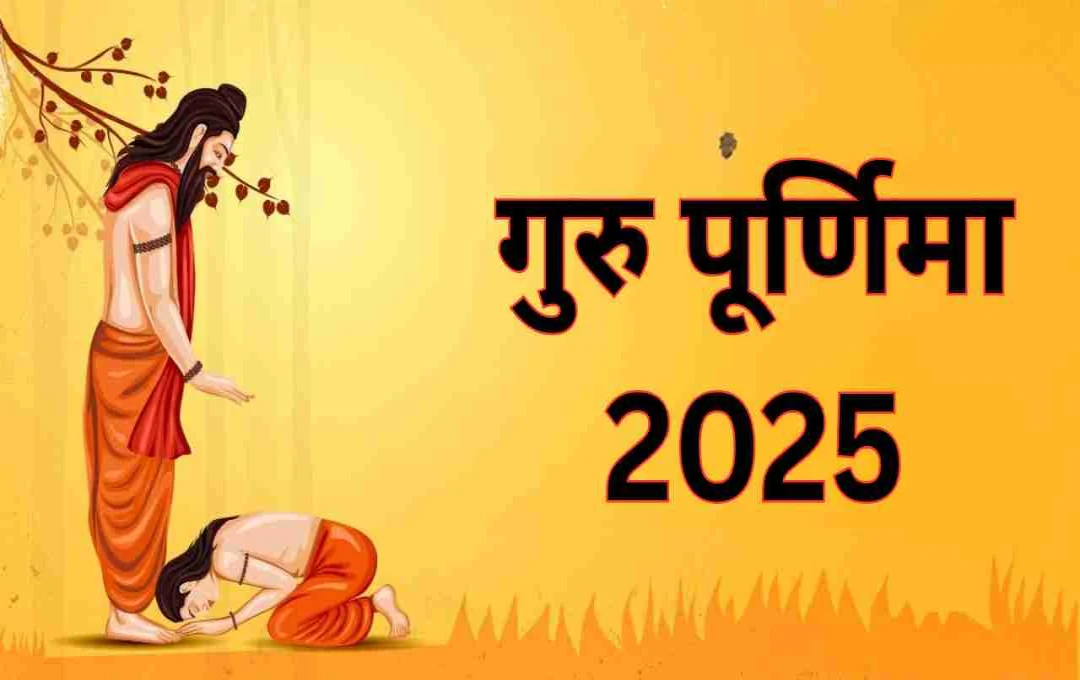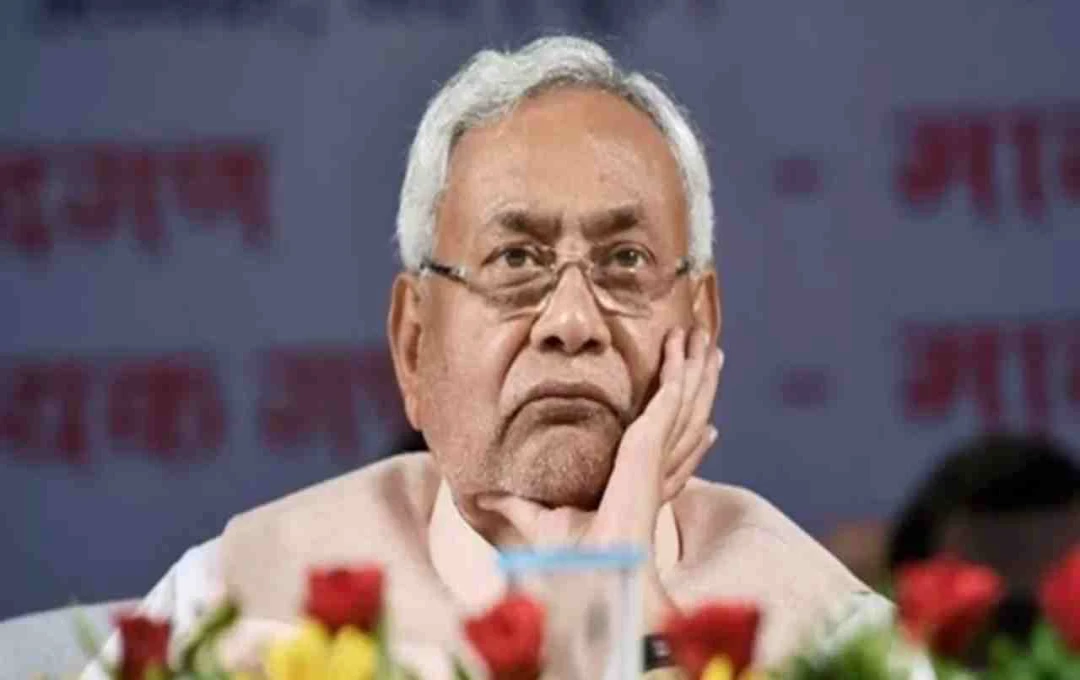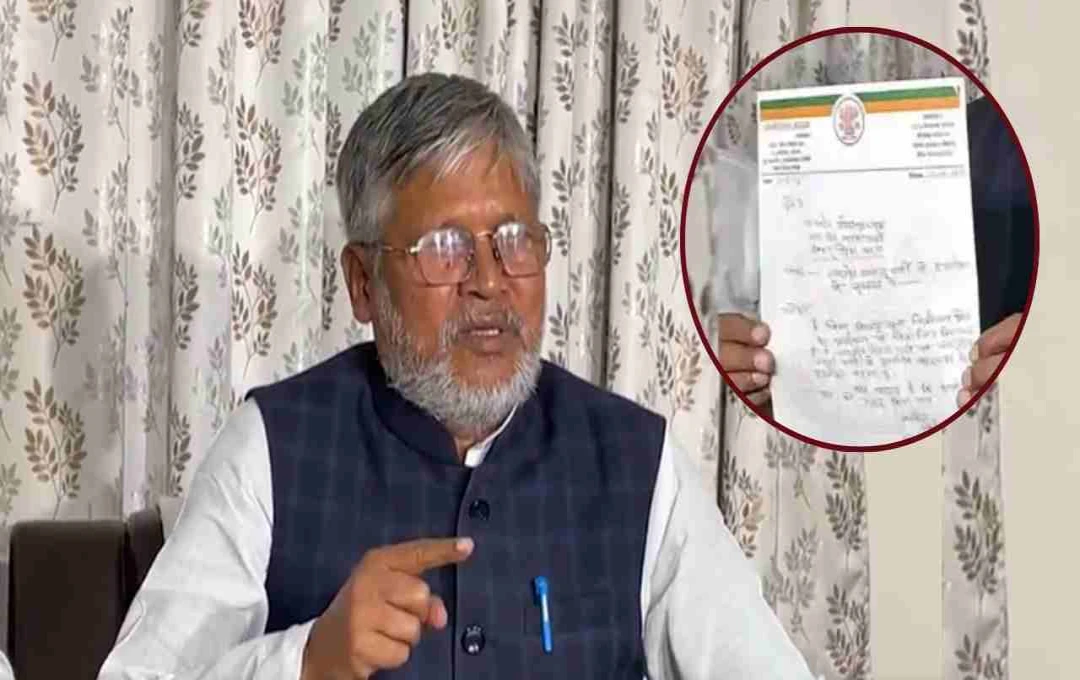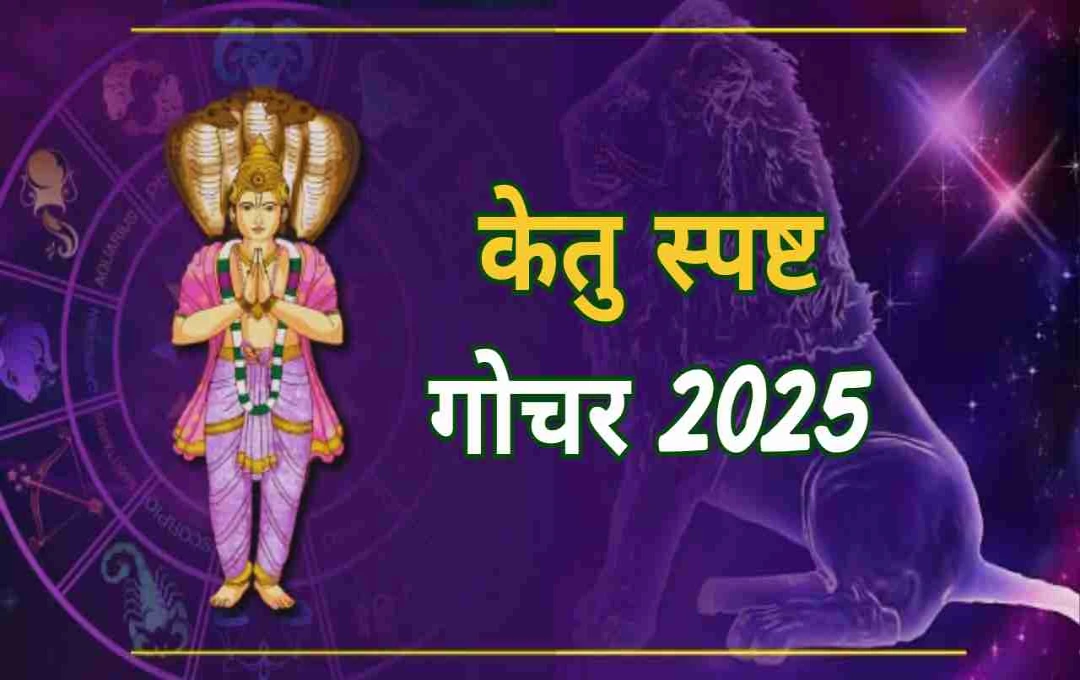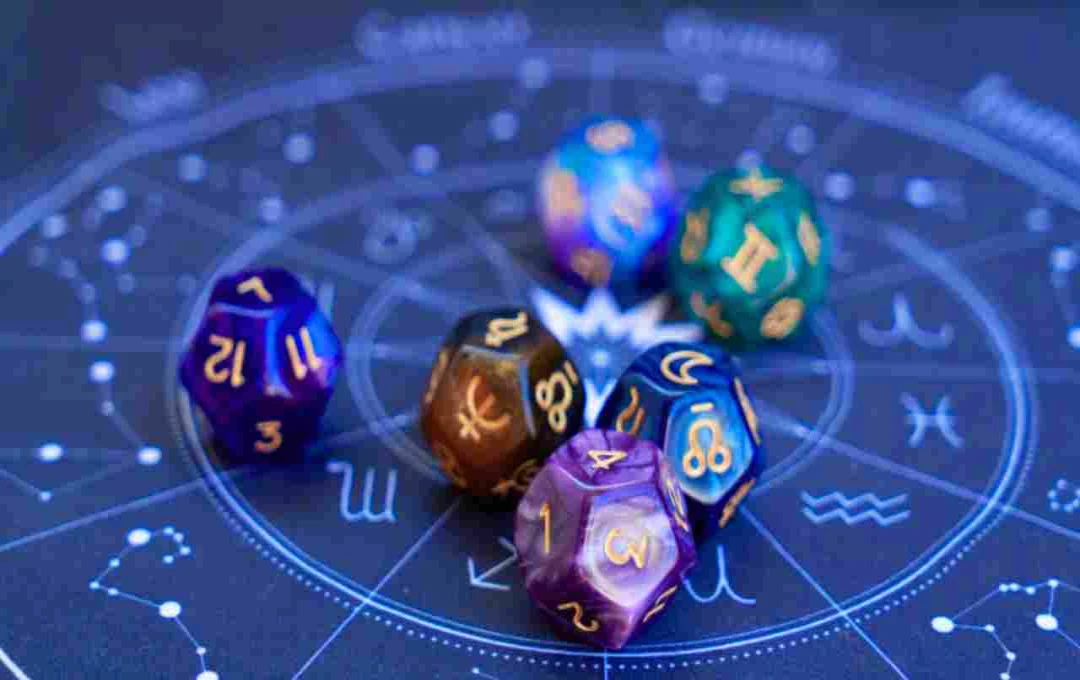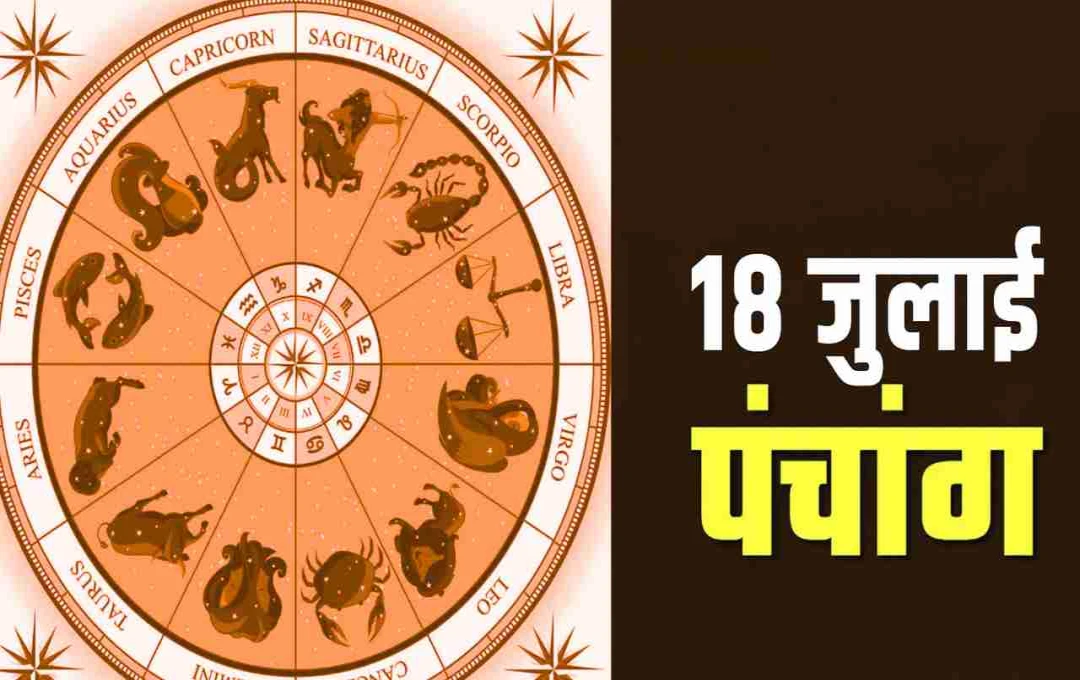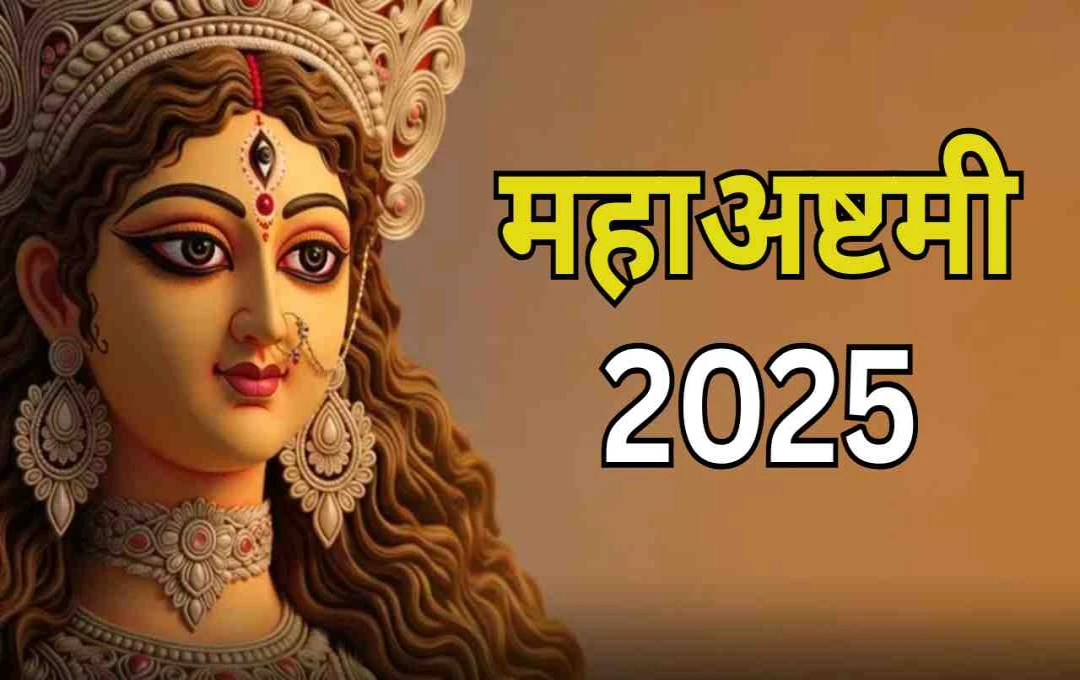The guru holds the highest position in Indian culture. The guru is the lamp that pierces through darkness and gives us the light of knowledge. The guru not only imparts education but also teaches the art of living. The festival of Guru Purnima is a symbol of reverence, dedication, and gratitude towards the guru. This festival is celebrated every year on the full moon day of the Ashadha month, and in 2025, this auspicious day falls on July 10th.
Guru Purnima 2025 Date and Time
In 2025, Guru Purnima will be celebrated on July 9th (Wednesday).
- Purnima Tithi Begins: July 8th, 2025, at 8:13 PM
- Purnima Tithi Ends: July 9th, 2025, at 10:10 PM
- Auspicious Time for Guru Puja: July 9th, from 4:30 AM to 12:00 PM
Why is Guru Purnima celebrated?
The festival of Guru Purnima is celebrated on the full moon day of the Ashadha month. It is believed that on this day, the Adi Guru, Maharishi Ved Vyasa, was born. He divided the Vedas into four parts and composed 18 Puranas, including the Mahabharata. He made Brahmajnana accessible to the general public. For this reason, he was called 'Vyas Bhagwan', and his birthday is celebrated as Guru Purnima.
What is the real nature of a Guru?

A guru is not just a person; he is consciousness. The guru is the power that leads from ignorance to knowledge, from darkness to light, and from death to immortality. The greatness of a guru is so vast that it is impossible to describe it in limited words.
A guru possesses six qualities:
- Ganesh Vriti – Stable intellect, wisdom, and decision-making ability.
- Gauri Vriti – Symbol of faith and compassion.
- Ganga Vriti – Lowering oneself to uplift the disciple.
- Gau Vriti – Simplicity, tolerance, and affection.
- Gagan Vriti – Expansion and a broad perspective.
- Gunagrahi Vriti – The ability to absorb goodness from everywhere.
Different Forms of a Guru
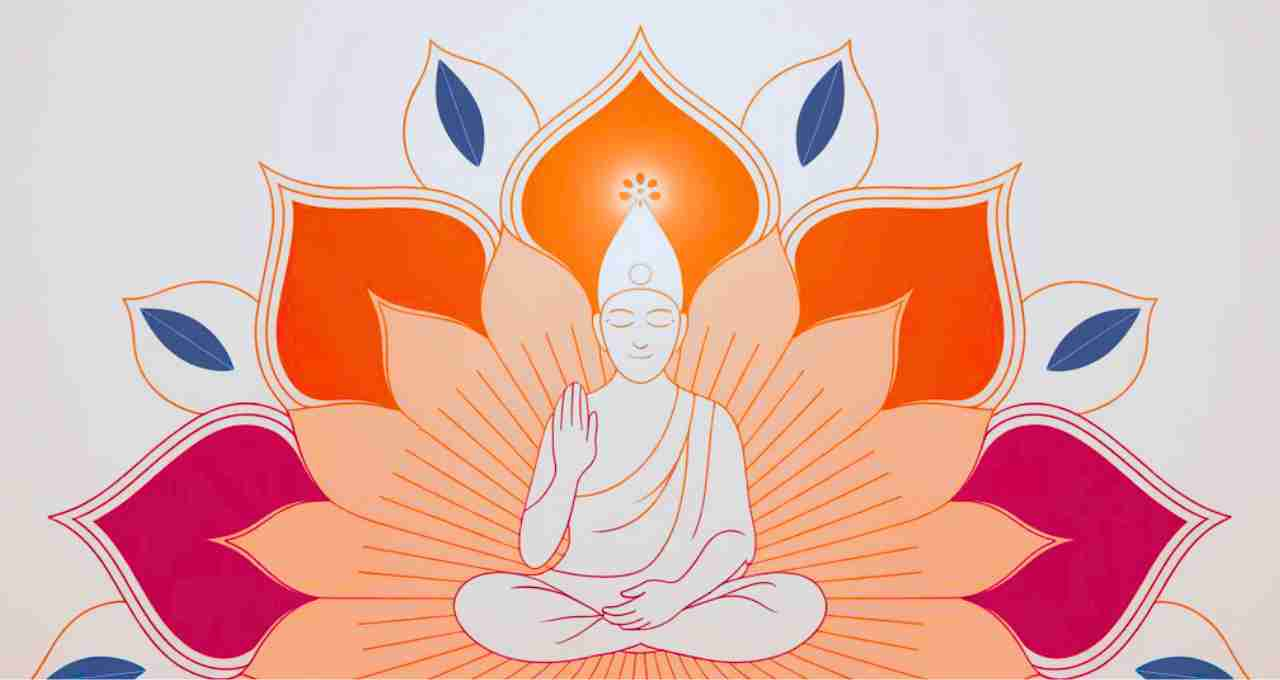
In Indian philosophy, a guru is considered to have several forms:
- Paramguru: Like Lord Shiva, who, though invisible, governs the entire creation.
- Sadguru: The guru who is present in our lives, guides us, and leads us to God.
- Jagadguru: The guru whose knowledge is not just personal but universal – like Krishna, Adi Shankaracharya.
- Dharmaguru: Those who teach the path of dharma, but also include fear and discipline.
- Kulguru: Those established in family traditions, like Shukracharya or the sea god.
Importance of Guru Purnima
- This day is for self-reflection – are we worthy of our guru's grace?
- On this day, the disciple makes a resolution that he will follow the teachings of the guru.
- This day is to pay respect to the tradition that has kept the guru-disciple relationship alive for centuries.
The Secret of the Guru's Grace
It is impossible to fully understand a guru. He is enigmatic, invisible, but his grace is evident in the disciple's life.
The guru not only refines the external life of the disciple but also illuminates his soul.
The guru's love, faith, and affection are unconditional. He shows compassion even for the disciple's mistakes and gives him new opportunities repeatedly.
Guru Purnima is a festival of introspection, gratitude, and spiritual upliftment. On this day, we acknowledge the importance of the guru in our lives and resolve to adopt their teachings. The guru is the lamp that leads from darkness to light. Therefore, offering reverence at the feet of the guru on this holy day is true worship.
